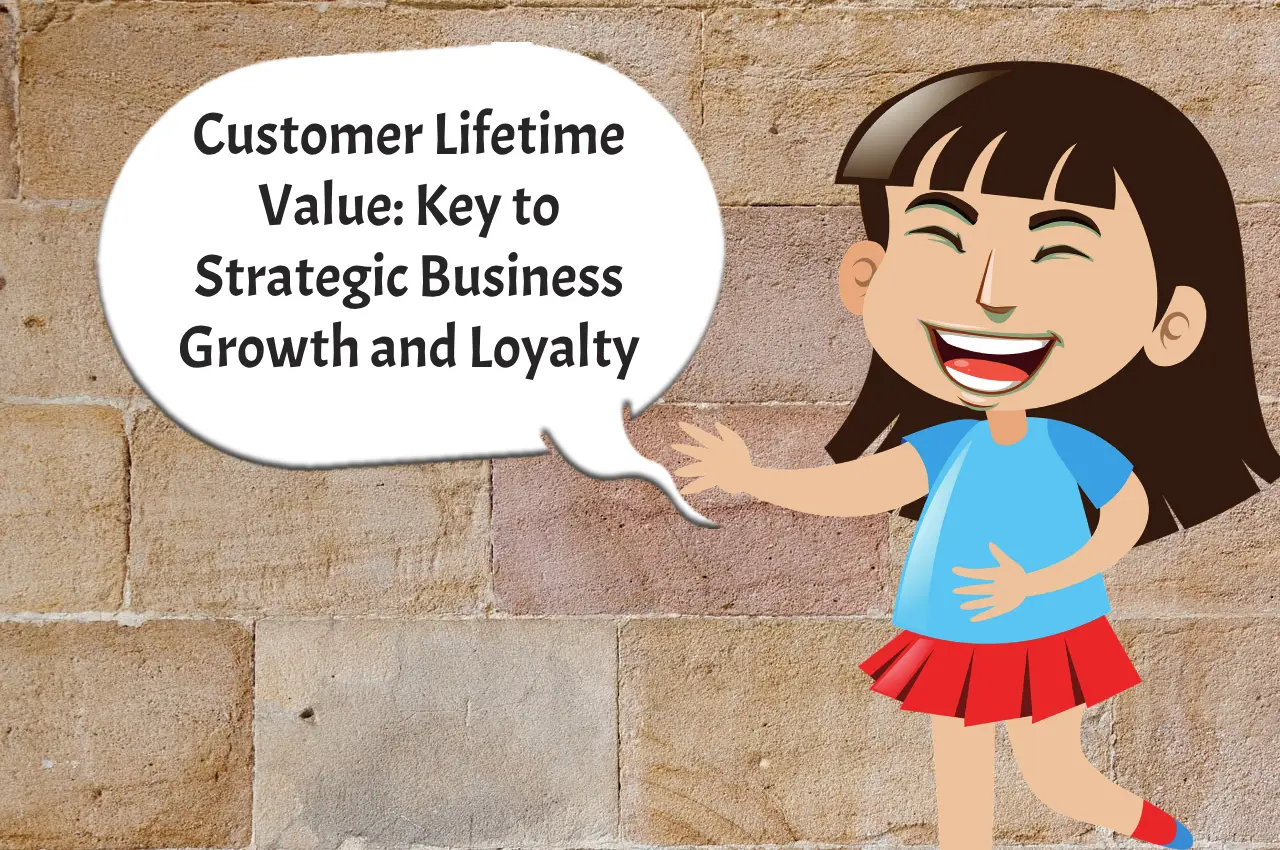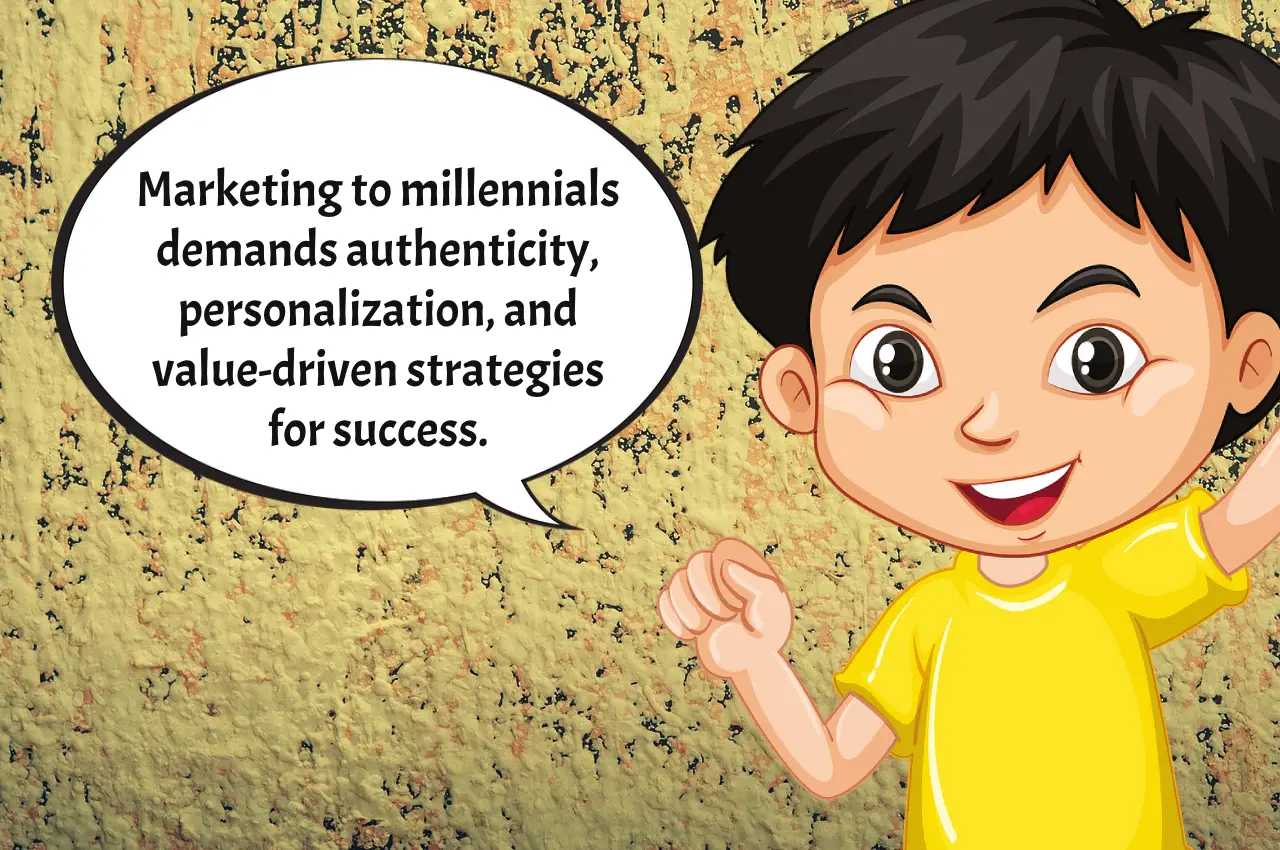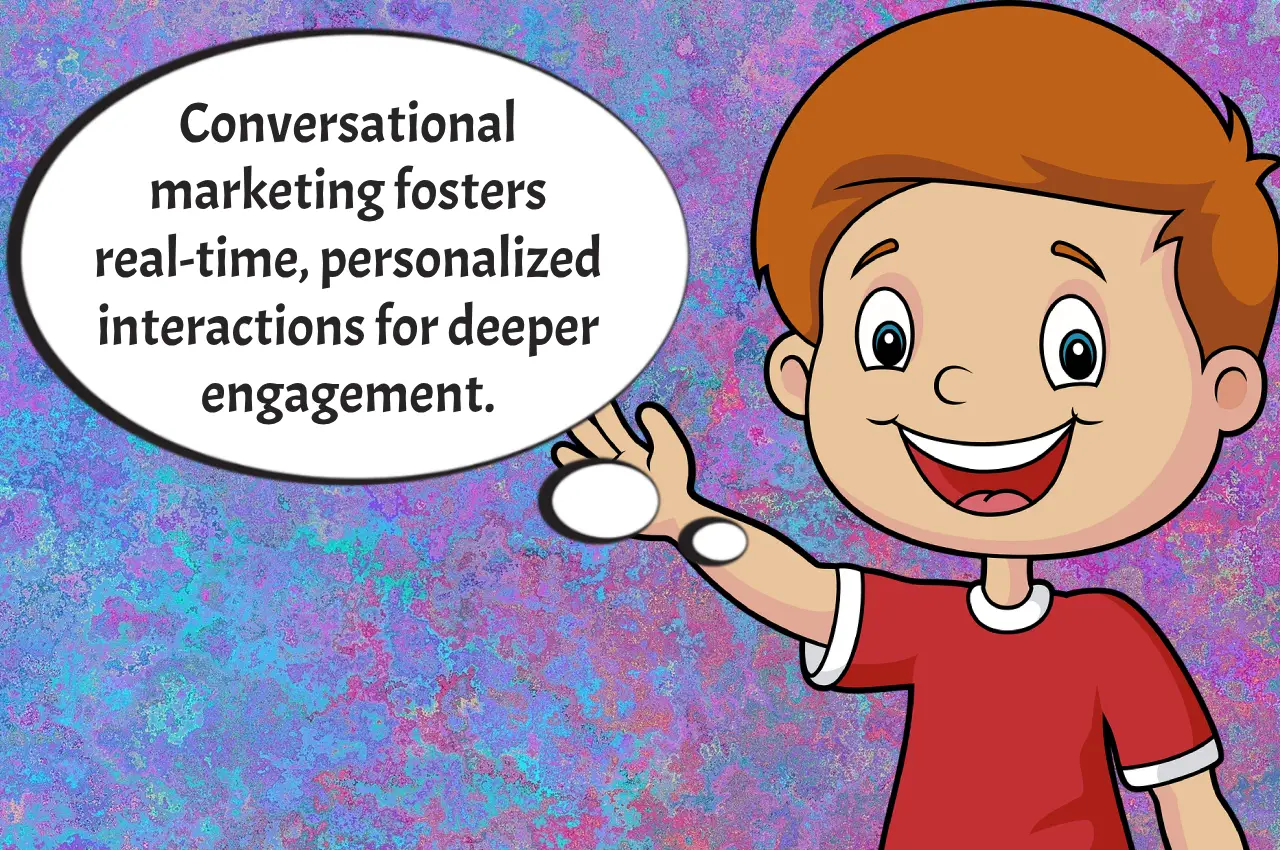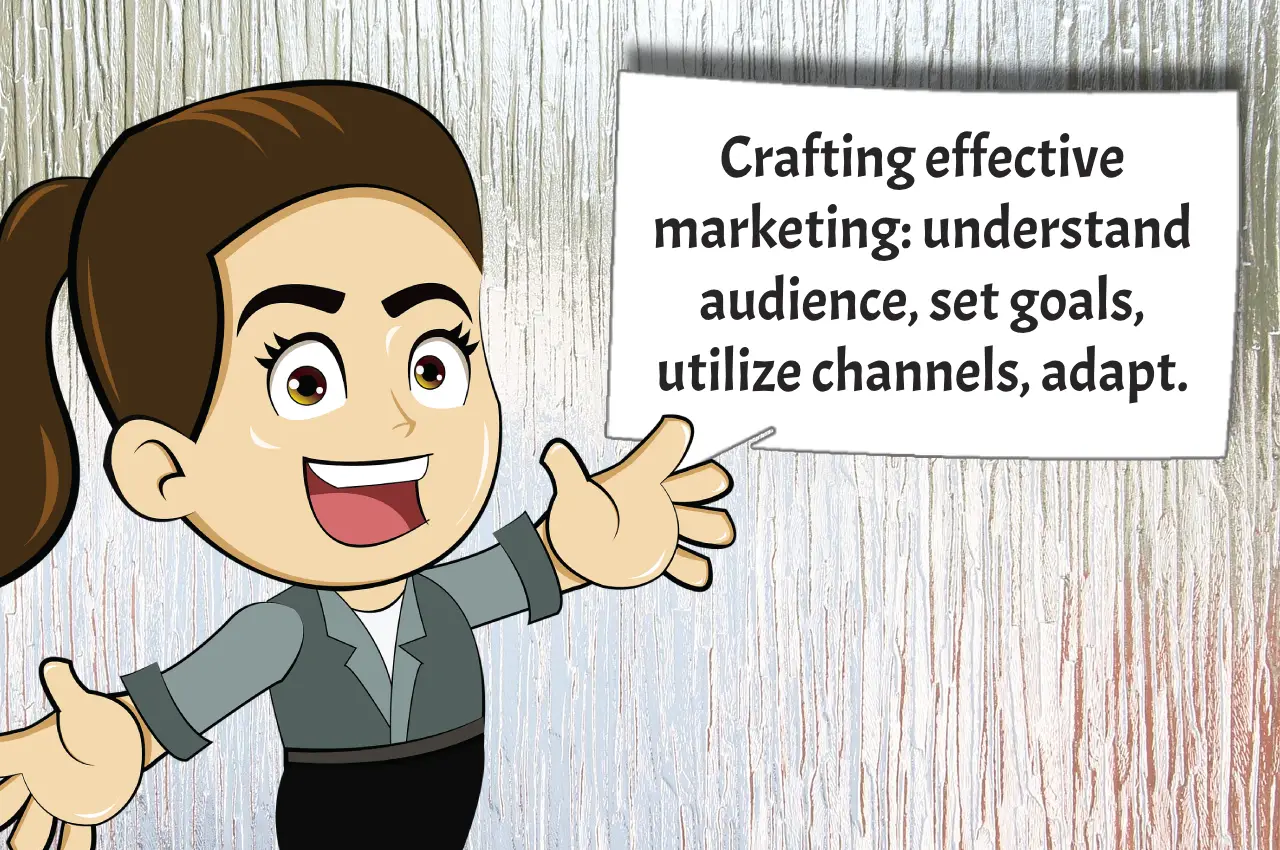Understanding your customers is the cornerstone of any successful business venture. In a world where consumer preferences shift like sand dunes in the wind, staying ahead demands more than just basic analytics. It requires delving deep into the metrics that truly matter, and one such metric that reigns supreme is Customer Lifetime Value (CLV).
What is Customer Lifetime Value?
Customer Lifetime Value is a metric used to predict the total revenue a business can expect from a single customer over the entirety of their relationship. In simpler terms, it’s a measure of how much a customer is worth to your business from their first purchase to their last.
The Essence of Customer Lifetime Value
Imagine you own a bakery. Sally walks in, buys a loaf of bread, and becomes a regular customer, purchasing cakes, pastries, and bread every week for the next five years. Sally’s CLV is far greater than the initial sale of that single loaf of bread. It encapsulates all her purchases throughout her customer journey.
Calculating Customer Lifetime Value
The formula for calculating CLV may seem intimidating at first glance, but it’s relatively straightforward:
CLV = (Average Purchase Value × Purchase Frequency) × Customer Lifespan
Breaking it down:
Average Purchase Value: The average amount a customer spends per transaction.
Purchase Frequency: How often a customer makes a purchase within a given timeframe.
Customer Lifespan: The length of time a customer continues to patronize your business.
Why Customer Lifetime Value Matters
Strategic Decision Making: CLV arms businesses with the insight needed to allocate resources effectively. By identifying high-value customers, businesses can tailor marketing efforts to nurture these relationships and maximize returns.
Customer Retention: It costs significantly more to acquire new customers than to retain existing ones. CLV emphasizes the importance of fostering long-term relationships with customers, encouraging loyalty and repeat purchases.
Segmentation: Not all customers are created equal. CLV allows businesses to segment their customer base, identifying high-value segments and tailoring marketing strategies accordingly.
Enhancing CLV Analysis
Behavioral Insights:
CLV isn’t just about monetary value; it’s about understanding customer behavior. By analyzing purchasing patterns, browsing history, and engagement metrics, businesses can gain invaluable insights into customer preferences and motivations. This deeper understanding enables personalized marketing campaigns tailored to individual needs, fostering stronger customer relationships and driving long-term loyalty.
Predictive Modeling:
Predictive analytics takes CLV to the next level by forecasting future customer behavior. By analyzing past trends and patterns, businesses can anticipate customer churn, identify potential high-value prospects, and proactively address emerging opportunities and challenges. This proactive approach empowers businesses to stay one step ahead, maximizing CLV and optimizing marketing ROI.
Lifetime Value Optimization:
Maximizing CLV isn’t just about increasing revenue; it’s about optimizing the entire customer lifecycle. From acquisition to retention to reactivation, every stage offers opportunities to enhance customer value. By implementing targeted strategies such as loyalty programs, personalized incentives, and proactive customer support, businesses can extend customer lifespans, increase average order values, and ultimately maximize CLV.
Customer Satisfaction and CLV:
Customer satisfaction is intrinsically linked to CLV. Satisfied customers are more likely to become repeat buyers, refer others to your business, and advocate for your brand. By prioritizing customer satisfaction through exceptional product quality, seamless user experiences, and responsive customer service, businesses can cultivate loyal customer relationships that drive sustainable CLV growth.
Long-Term Vision:
Customer Lifetime Value isn’t just a short-term metric; it’s a reflection of your business’s long-term viability. By focusing on CLV as a key performance indicator, businesses shift their perspective from immediate gains to sustained profitability. This long-term mindset fosters strategic decision-making, investment in customer-centric initiatives, and continuous improvement, laying the foundation for enduring success in an ever-evolving marketplace.
Real-World Examples
Amazon:
Let’s take a look at Amazon, the e-commerce giant renowned for its customer-centric approach. Through meticulous data analysis, Amazon predicts customer behavior with unparalleled accuracy. By leveraging CLV insights, Amazon customizes product recommendations, offers personalized deals, and optimizes the shopping experience, ultimately fostering customer loyalty and driving revenue growth.
Starbucks:
Consider Starbucks, the global coffeehouse chain renowned for its customer-centric approach. Through the Starbucks Rewards program, Starbucks leverages CLV insights to incentivize repeat purchases, drive customer engagement, and foster brand loyalty. By analyzing transaction data and customer feedback, Starbucks identifies high-value customers, tailors personalized offers, and optimizes the overall customer experience. This relentless focus on CLV has propelled Starbucks to unprecedented success, with millions of loyal customers worldwide and a thriving business model built on sustainable customer relationships.
Conclusion
In today’s hypercompetitive landscape, Customer Lifetime Value isn’t just a metric; it’s a strategic imperative. By delving deeper into CLV analysis, businesses can unlock new opportunities, drive sustainable growth, and cultivate lasting relationships with customers. So, as you navigate the complexities of modern marketing, remember to harness the power of CLV and chart a course toward long-term success.
How do you leverage CLV in your marketing strategy? Share your insights in the comments below!





